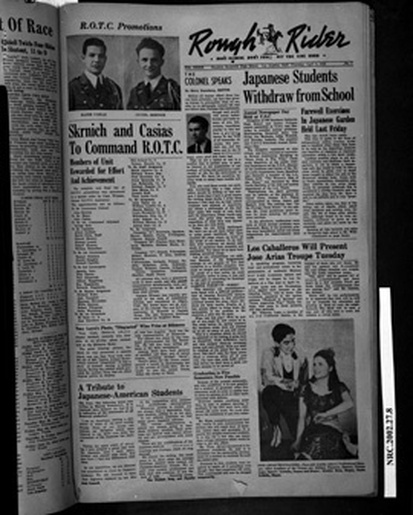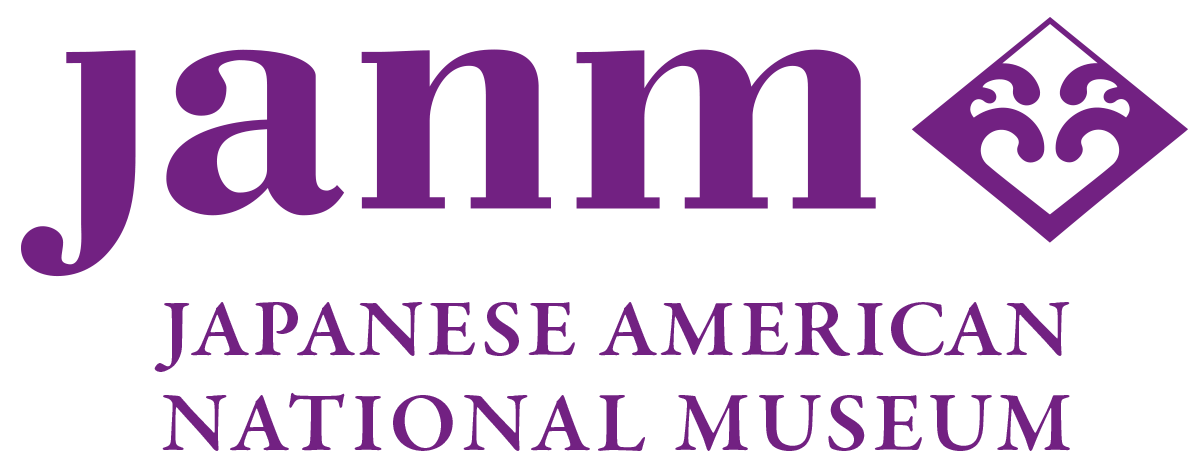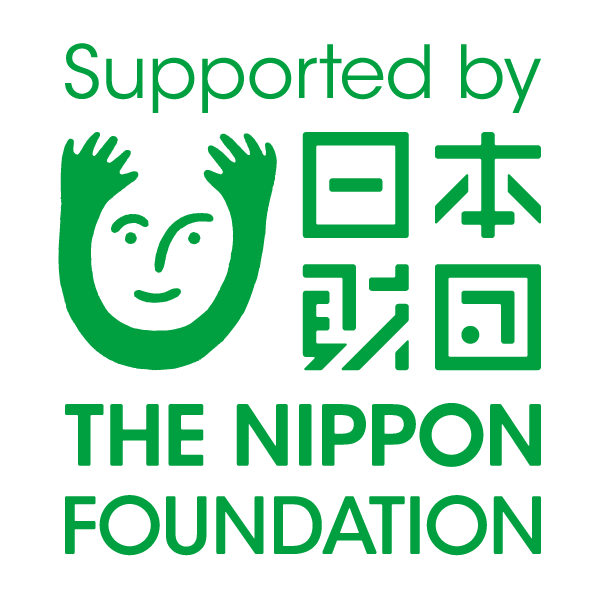

Landscaping America: Beyond the Japanese Garden - Timeline
 eishida
eishida
|

|
||
| Licensing | ||
1940's
1941
Japan attacks U.S. naval base in Pearl Harbor, Hawai`i, prompting U.S. entry into World War II.
1942
President Franklin D. Roosevelt signs Executive Order 9066, authorizing forced removal and incarceration of West Coast Japanese Americans in concentration camps.
After only one month in the camps, Japanese American inmates under take individual and community landscaping projects. Thousands of gardens are built throughout all of the camps.
During the war, many Japanese gardens are vandalized. Others are renamed and labeled as “Oriental” or Chinese gardens.
1944
Over 5,500 Japanese Americans renounce their U.S. citizenship under duress and due to disillusion caused by their forced removal and incarceration. Some are deported to Japan in 1945.
Attorney Wayne Collins files a suit that eventually restores citizenship in most of these cases.
1945
Japanese Americans are permitted to return to West Coast. Gardening is an accessible occupation during the resettlement period, and at times the only options.
Post-war gardening ranks are also increased by return to West Coast of many “renunciants” as well as Kibei, who had been living in Japan for various reasons.
1949
Organized labor targets Japanese maintenance gardeners, considered an expanding working-class niche. A group of Southern California gardeners, pressured by rubbish-disposal and trucking lockouts, reluctantly joins Local 399 of Service Employees International Union.
To see more photographs from the 1940's, please see:
Based on this original

|
Japanese American Students Withdraw |
 UCLA Nikkei Student Union Culture Night 2008
UCLA Nikkei Student Union Culture Night 2008 The Sculpture of Ruth Asawa: Contours in the Air - Audio Tour
The Sculpture of Ruth Asawa: Contours in the Air - Audio Tour Wakatay Restaurant-Peruvian Nikkei Cuisine
Wakatay Restaurant-Peruvian Nikkei Cuisine 2007 Gardena Buddhist Church Obon
2007 Gardena Buddhist Church Obon Frank Kikuchi
Frank Kikuchi Hisako Hibi
Hisako Hibi San Jose Taiko and CAVA - 1st and Central Summer Concerts 2007
San Jose Taiko and CAVA - 1st and Central Summer Concerts 2007 2007 Higashi Honganji Buddhist Temple Obon
2007 Higashi Honganji Buddhist Temple Obon Landscaping America: Beyond the Japanese Garden - Timeline
Landscaping America: Beyond the Japanese Garden - Timeline Jack Iwata Collection
Jack Iwata Collection
 Journal feed
Journal feed
